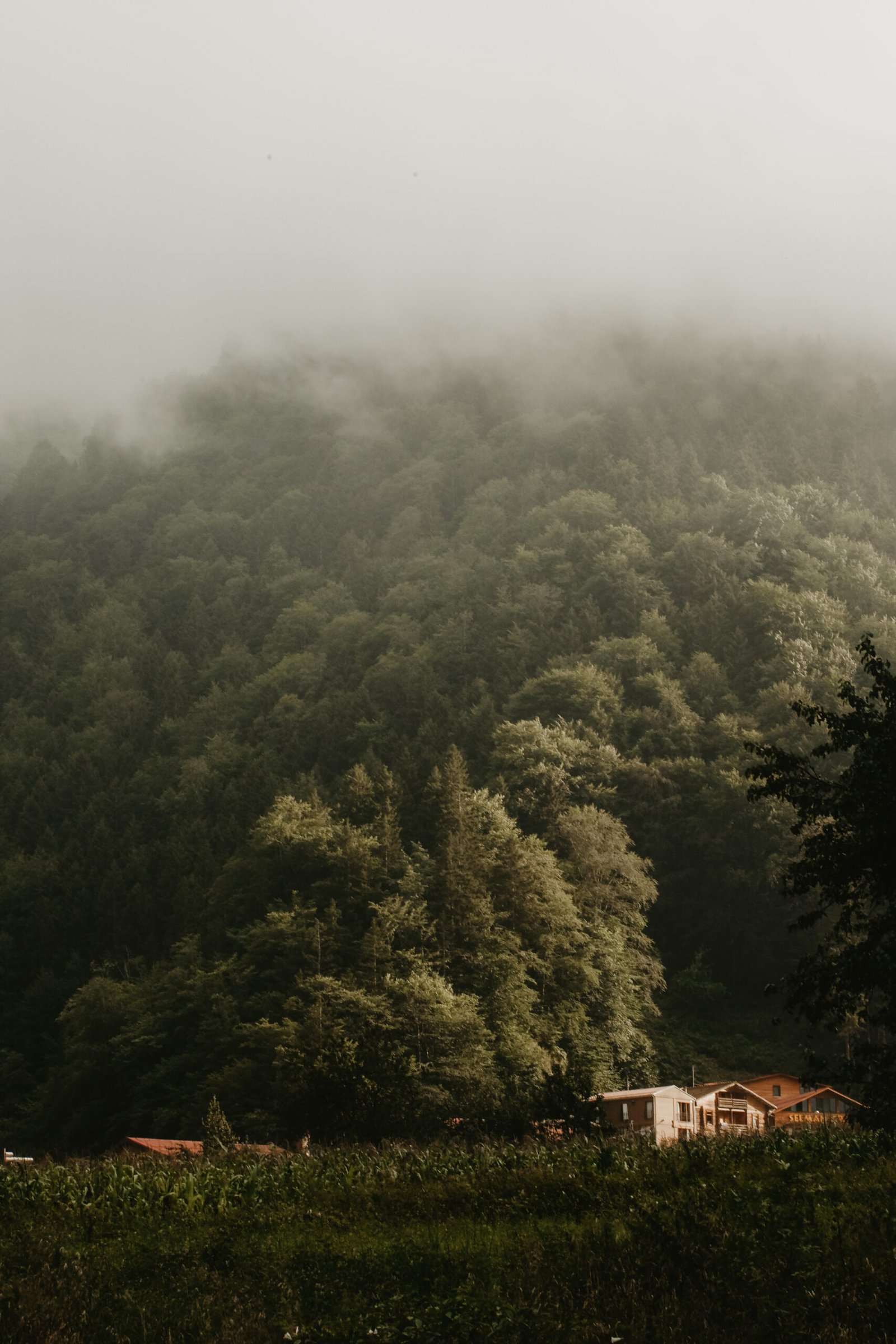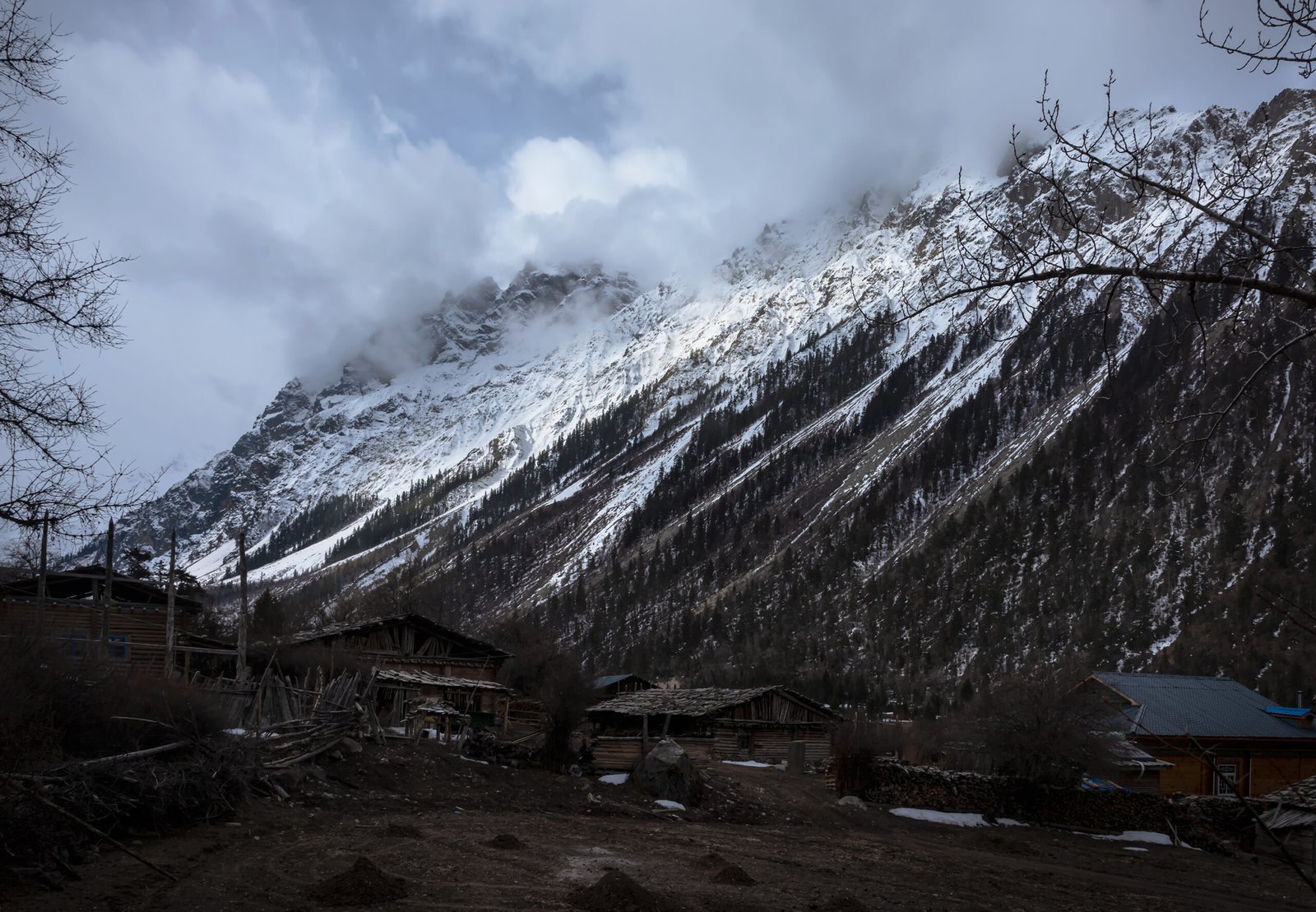
Shaktoolik, Alaska
Imagine a remote coastal village in Alaska, where the shimmering waters of the Bering Sea meet untouched stretches of sand. Nestled amidst the breathtaking beauty of nature, Shaktoolik, Alaska is a name that may not be on everyone’s radar, but it is a place that carries a timeless charm. As one of the many small towns sprinkled throughout the vast Alaskan landscape, Shaktoolik captivates with its rich cultural heritage and an unwavering spirit of resilience. In this article, we will explore the hidden gem that is Shaktoolik, delving into its fascinating history, unique geography, and the challenges faced by its resilient residents. So, grab your parka, and let’s dive into the wonders of Shaktoolik, Alaska.

Geography
Location
Shaktoolik, Alaska is located on the western coast of the United States, specifically on the shores of Norton Sound in the northern part of the state. It is positioned approximately midway between the cities of Nome and Unalakleet. The village sits on a narrow strip of land between the sea and the surrounding marshes, with the majestic peaks of the Alaska Range visible in the distance. Its isolation and proximity to the Bering Sea contribute to its unique geographical characteristics.
Climate
The climate in Shaktoolik is typical of a subarctic region, with long, cold winters and mild summers. The village experiences extremes in weather, with temperatures dropping as low as -50 degrees Fahrenheit in the winter and occasionally surpassing 80 degrees Fahrenheit in the summer. The area is prone to strong winds, especially during the winter months, as the village lies in an area known as the Bering Land Bridge, where weather systems from the Arctic and Pacific collide. Heavy snowfall is also common, creating a stunning white landscape during the winter season.
History
Native People
Before the arrival of Russian explorers, Shaktoolik was inhabited by the Native Yupik people, who have lived in the region for thousands of years. They thrived in this harsh Arctic environment, adapting their lifestyle to the demands of hunting, fishing, and gathering. The Yupik people built sturdy houses from driftwood and animal hides, and they skillfully utilized the bounties of the land and sea for their sustenance. Their intimate knowledge of the local ecosystem and their profound spiritual connection to the land and wildlife remain an integral part of Shaktoolik’s cultural heritage.
Russian Exploration
In the 19th century, Russian explorers made their way to the Alaskan coast, establishing a trading post in the nearby city of Unalakleet. They encountered the Yupik people and began trading fur and other goods. This interaction with the Russian settlers brought changes to the way of life in Shaktoolik. The introduction of new tools, firearms, and commercial trade altered the traditional practices of the Yupik people, but their resilient spirit enabled them to adapt and thrive in the changing times.
American Influence
With the Alaska Purchase in 1867, the United States gained control over the region and brought further changes to Shaktoolik. American influence introduced education, religion, and government systems to the Native communities. Missionaries arrived, establishing schools and churches, which shaped the cultural fabric of Shaktoolik. Despite the challenges of cultural assimilation, the proud Yupik traditions and language have endured, demonstrating the resilience of the community in the face of change.
Demographics
Population
As of the most recent census, Shaktoolik has a population of approximately 250 residents. The village’s population has remained relatively stable over the years, with slight fluctuations due to migration and economic factors. The tight-knit community fosters a strong sense of belonging and mutual support among its residents. Despite its small size, Shaktoolik embraces its uniqueness and takes pride in its rich cultural heritage.
Ethnicity
Shaktoolik is predominantly inhabited by Alaska Native people, primarily of Yupik descent. The Yupik people have an extraordinary cultural history deeply rooted in their connection to the land and their ancestral traditions. The village also welcomes individuals from diverse backgrounds, creating a harmonious blend of cultures within its close-knit community.
Economy
Fishing and Hunting
Fishing and hunting have long been the primary economic activities in Shaktoolik. The village is surrounded by abundant marine life, providing a valuable food source and economic livelihood for the local residents. Hunting for caribou, moose, and other game animals also plays a vital role in sustaining the community. The traditional practices of subsistence fishing and hunting continue to be passed down from generation to generation, ensuring the preservation of the Yupik way of life.
Government
The village operates under a local tribal government system, where community members actively participate in decision-making processes. The elected tribal council collaborates with state and federal agencies to address the needs of the community and ensure the smooth functioning of essential services. This grassroots approach to governance fosters a sense of empowerment and self-determination among the residents of Shaktoolik.
Tourism
In recent years, Shaktoolik has seen a growing interest in tourism due to its unique cultural heritage and breathtaking natural surroundings. Visitors are attracted to the opportunity to immerse themselves in the rich Yupik traditions and experience the remote beauty of the Alaskan wilderness. The village welcomes tourists with open arms, offering cultural demonstrations, guided tours, and the chance to witness the stunning wildlife that thrives in this untouched corner of the world.

Education
Schools
Education plays a crucial role in shaping the future of Shaktoolik’s youth. The village boasts a small but dedicated school system that offers comprehensive education to students from kindergarten through high school. The curriculum not only covers academic subjects but also emphasizes the importance of cultural preservation and traditional knowledge. The school serves as a vital hub for the community, fostering the growth of young minds while instilling a deep appreciation for the Yupik heritage.
Infrastructure
Transportation
Due to its remote location, transportation infrastructure in Shaktoolik is limited. The village is accessible primarily by air and sea, with a small airport providing connections to nearby cities and villages. During the winter months, when the sea freezes, residents rely on snowmobiles and dog sleds for transport. Despite the challenges posed by a lack of road connections, Shaktoolik residents adapt and find innovative ways to overcome these obstacles, showcasing their resilience in the face of geographical constraints.
Healthcare
Shaktoolik has a community health clinic that provides essential medical services to its residents. The clinic, staffed by dedicated healthcare professionals, serves as a lifeline for the community, offering routine check-ups, emergency care, and support for ongoing health concerns. Access to healthcare can be challenging in such a remote location, but the dedicated efforts of healthcare providers and the strong sense of community support ensure the well-being of the residents.

Culture
Traditional Activities
The cultural traditions of Shaktoolik are deeply intertwined with the land and its resources. Traditional activities such as subsistence hunting, fishing, and gathering are essential not only for sustenance but also for fostering a deep spiritual connection to the environment. Shaktoolik residents take immense pride in their skill and knowledge of traditional practices, passing them down through generations and celebrating their cultural heritage during festivals and cultural events.
Language
The Yupik language, spoken by the Indigenous people of Shaktoolik, is an integral part of their cultural identity. Despite external pressures, the community remains committed to preserving and revitalizing their language. Efforts are made through language immersion programs, cultural events, and intergenerational communication to ensure the Yupik language thrives in the present and the future. The language serves as a unique and powerful tool for storytelling, preserving oral histories, and strengthening the bond between community members.
Challenges and Resilience
Climate Change
Like many communities in Alaska, Shaktoolik is experiencing the direct and devastating impacts of climate change. Rising temperatures have resulted in the loss of sea ice, affecting the villagers’ ability to hunt and travel safely. The increased frequency and intensity of storms and erosion pose significant threats to the village’s infrastructure and homes, necessitating relocation plans. The community, in collaboration with government agencies and research institutions, is actively working towards developing sustainable solutions to combat these challenges and safeguard its future.
Erosion
Shaktoolik faces ongoing erosion challenges due to its exposed coastal location. The combination of rising sea levels and coastal storms has led to the loss of land, endangering homes and critical infrastructure. Recognizing the urgency of the situation, the village has engaged in extensive erosion control projects, including the construction of coastal barriers and relocation efforts. These initiatives demonstrate the community’s resilience and determination to protect their homes and preserve their way of life.
Community Efforts
The people of Shaktoolik have shown remarkable strength and resilience in the face of multiple challenges. The community actively engages in cooperative efforts, working together to address issues ranging from climate change adaptation to enhancing education and healthcare services. Their deep-rooted connection to the land and their shared history has instilled a strong sense of unity and cooperation, enabling them to overcome obstacles and build a sustainable and prosperous future for generations to come.
Sustainability
Renewable Energy
With a deep reverence for their natural surroundings, Shaktoolik has embraced renewable energy initiatives. Solar and wind power systems have been installed to reduce reliance on diesel generators, promoting cleaner and more sustainable energy sources. These efforts not only reduce carbon emissions but also create opportunities for economic growth in the form of job creation and increased self-sufficiency. Shaktoolik serves as an inspiring example of harnessing renewable energy to foster sustainability in remote communities.
Environmental Protection
As stewards of their pristine environment, the residents of Shaktoolik are committed to preserving the delicate balance of the land and sea. They actively participate in environmental protection efforts, such as waste management programs and conservation practices. Additionally, the community utilizes traditional knowledge to ensure sustainable hunting and fishing practices, allowing future generations to continue enjoying the abundant natural resources while safeguarding them for future generations.
Conclusion
Shaktoolik, Alaska, stands as a testament to the resilience and strength of the human spirit. The village’s remote location, rich cultural heritage, and breathtaking natural landscapes make it a truly unique and captivating place. Despite the challenges posed by climate change, erosion, and isolation, the people of Shaktoolik continue to adapt, thrive, and honor their cultural traditions. Their ongoing commitment to sustainable practices, along with their united community spirit, ensures a vibrant future for this remarkable village nestled on the shores of Norton Sound.
